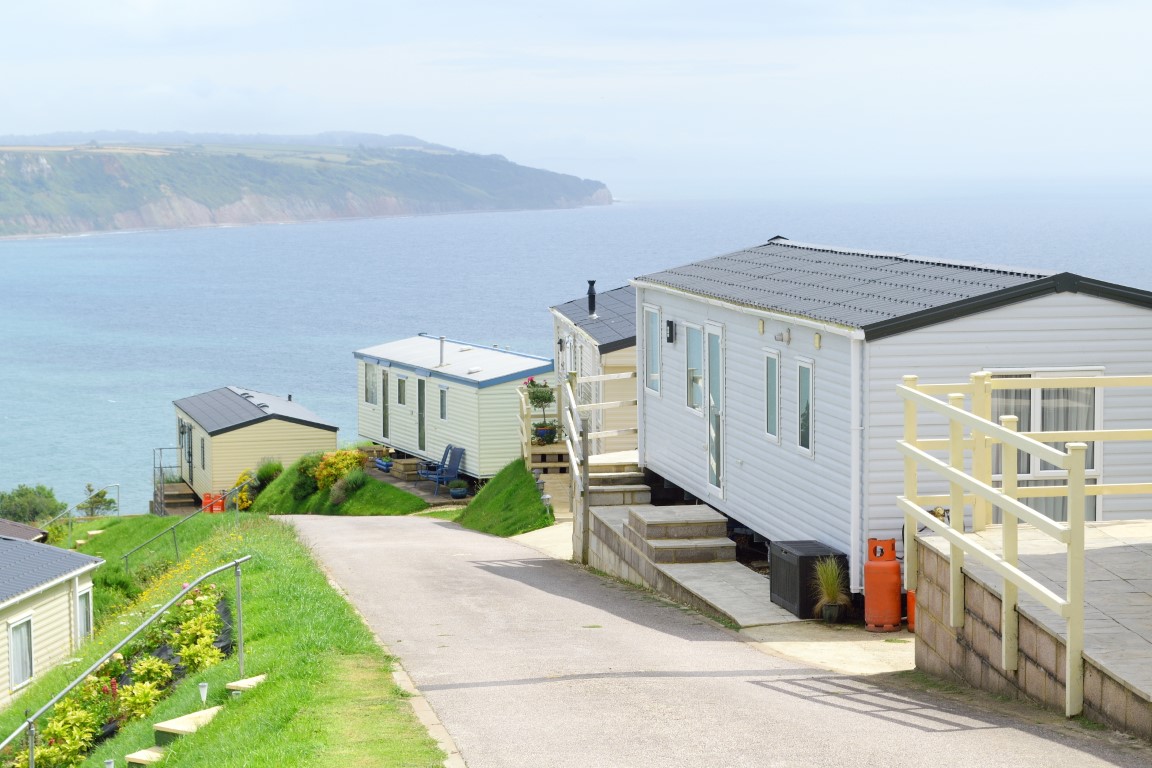Guide to Renovating Listed Buildings in the UK
Lucky enough to become the proud owner of a listed building but it needs some work? Read our guide on everything you need to know about renovating listed buildings

Renovating a listed building in the UK can be a rewarding yet challenging endeavour. Listed buildings are considered to be of special architectural or historic interest and are protected by law to preserve their character and heritage. If you own or plan to renovate a listed property, here are some essential steps, legal requirements, estimated costs, and insurance considerations to keep in mind.
Understand the Listing Status:
- Before proceeding with any renovations, determine the listing status of the building. In the UK, there are three main listing grades: Grade I (exceptional interest), Grade II* (particularly important), and Grade II (nationally important). Different rules and restrictions apply to each grade.
Obtain Consent:
- Renovating a listed building requires obtaining Listed Building Consent (LBC) from your local planning authority. This consent covers both internal and external works that could affect the building's historic fabric or appearance.
- Even seemingly minor changes like replacing windows or altering the interior layout might require LBC, so consult with your local conservation officer early in the planning process.
Selecting Contractors and Architects:
- Hiring experienced professionals familiar with working on listed properties is crucial. Look for architects and contractors with proven experience in heritage projects, as they will understand the challenges and regulations involved.
Planning and Budgeting:
- Create a detailed renovation plan and budget. Take into account the cost of materials, labor, professional fees, and any potential setbacks due to unforeseen issues in an older building.
Legal Requirements:
- Listed Building Consent: As mentioned earlier, you must obtain LBC for any changes that may affect the character of the listed building.
- Planning Permission: In addition to LBC, you may also need regular planning permission for certain alterations or extensions.
- Building Regulations: Compliance with building regulations is necessary for any structural changes, electrical work, plumbing, etc. Seek advice from your local authority's building control department.
Insurance Considerations:
- Listed buildings insurance is essential during the renovation process. Standard home insurance may not provide adequate cover for these properties, considering their unique features and potential risks.
- Specialist heritage insurance providers offer policies designed to cover the specific needs of listed buildings, including renovations. This insurance should protect against damage to the historic fabric, theft of valuable materials, and unforeseen events that may occur during the project.
Heritage Building Materials:
- When renovating a listed property, use authentic heritage materials whenever possible. This may include lime mortar, traditional timber, and original-style fixtures and fittings. Using appropriate materials helps maintain the building's historic integrity.
Historic Features and Preservation:
- Identify and preserve the building's historic features during the renovation process. These may include original fireplaces, cornices, wooden beams, or intricate plasterwork. Restoring and showcasing these features can add value and character to the property.
Conservation Area Considerations:
- If the listed building is located within a conservation area, additional planning restrictions may apply. Check with your local planning authority to understand the specific requirements for both the listed building and the surrounding area.
Sustainable and Energy-Efficient Solutions:
- While preserving the building's historic character is vital, incorporating sustainable and energy-efficient solutions is also essential. Balance modern comfort with environmental responsibility to make the property more efficient and eco-friendly.
Hidden Structural Issues:
- Older buildings may have hidden structural issues that are not immediately apparent. Conduct a thorough survey to identify potential problems such as damp, rot, or subsidence. Be prepared for the possibility of uncovering unexpected issues during renovation.
Costs of Renovating a Listed Building:
- The cost of renovating a listed building varies widely based on its size, condition, location, and the extent of the work required. It can be significantly more expensive than renovating a modern property due to the specialist skills, materials, and time involved.
Additional Tips:
- Be patient and prepared for potential delays. Renovating a listed building often takes longer than a modern property due to the need for careful preservation.
- Work closely with your conservation officer throughout the process to ensure compliance with regulations.
Remember, renovating a listed building requires sensitivity and care to preserve its historic significance while making it suitable for modern living. Always seek professional advice and involve heritage specialists to ensure a successful and respectful renovation project.




